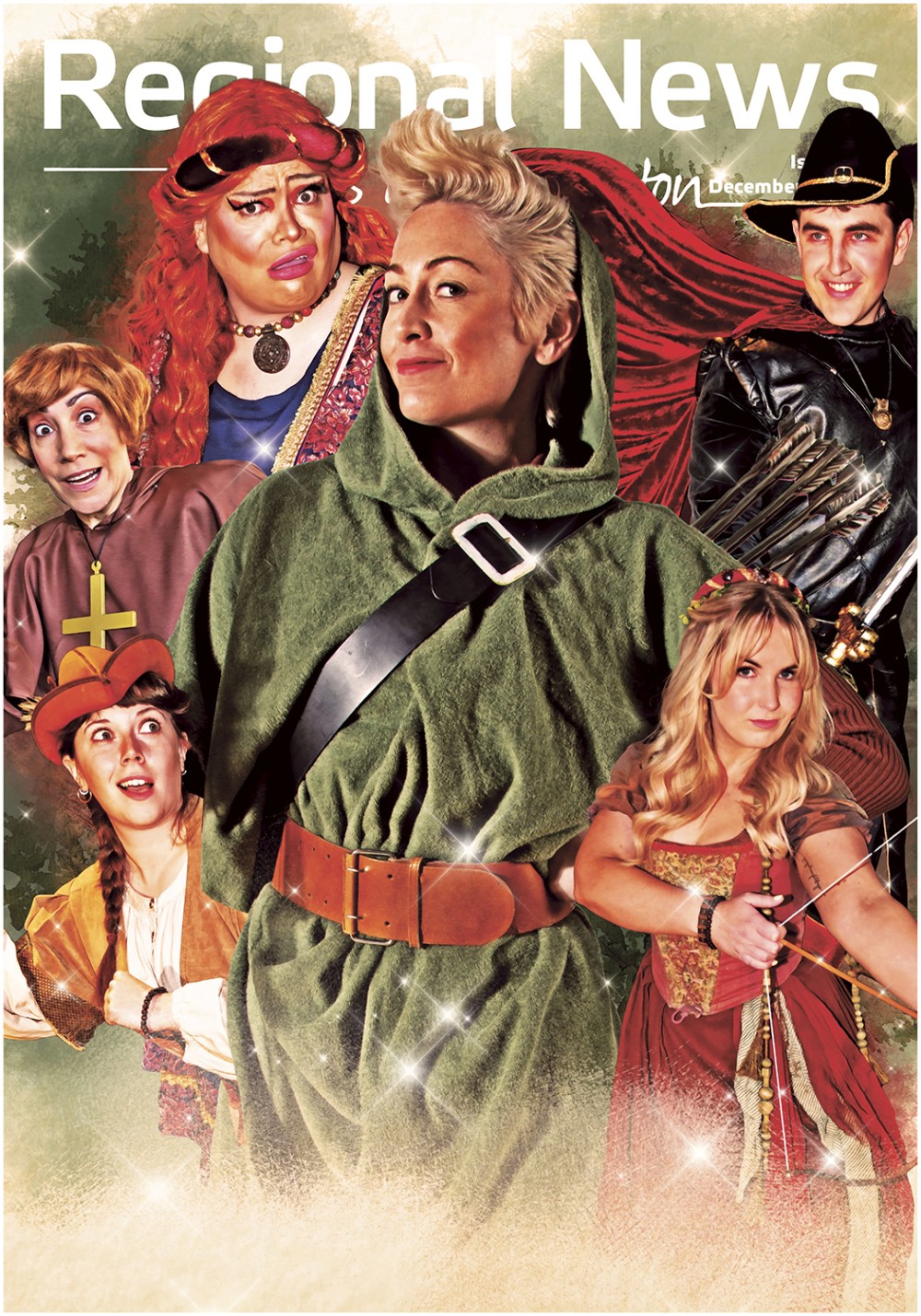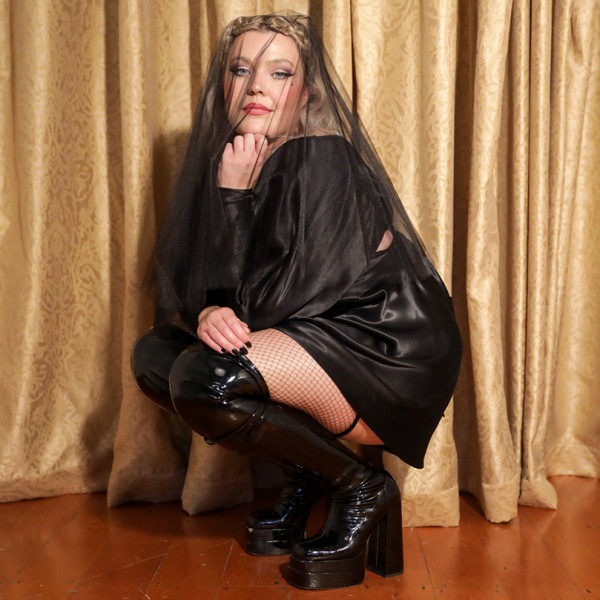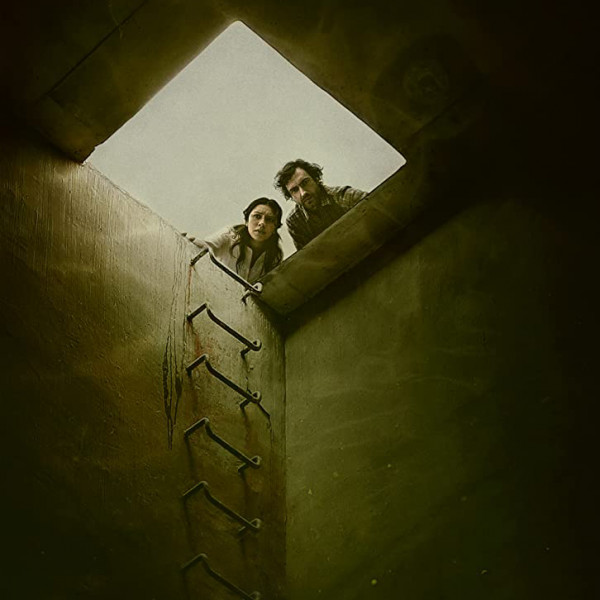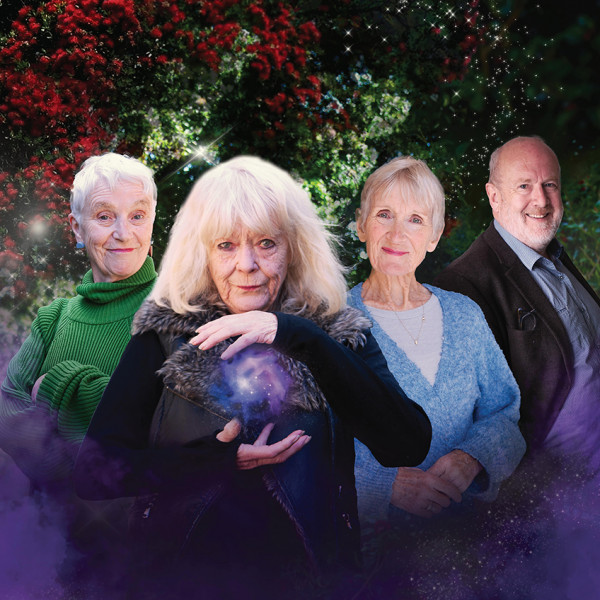
Laser Kiwi is the world’s best and only surreal sketch circus trio. Zane and Degge Jarvie and Imogen Stone have a very particular set of skills, skills they have acquired over a very long career of dazzling audiences, first in their hometown of Wellington, then across the motu, and now around the world. Some of the skills you’ll know (juggling, balancing acts, aerial arts) and some you won’t (chopping airborne cucumbers, metamorphosing into olives).
Upon arrival, audiences are given 3D glasses and a run-sheet featuring such act titles as Casual Chat, End of Casual Chat, I am an Olive, Imagine an Ant, and Skrrrrrt Pow Pow. Zane assures the full house that the programme won’t help us make any sense of the show, so those who came for dedicated nonsense need not fear.
He’s quite right. Even with it in front of me, I can’t match half of what I saw to what’s listed – especially $548. What I can see and what is a unique and delightful component of the show is Laser Kiwi’s own ratings of the segments. The silly, 10-second Foot First, in which a grinning Zane reveals he’s wearing crocodile socks underneath a pair of crocs, gets the first 10 of the night. ▯▯▯▯▯▯ Rap, which sees Stone showcase colossal strength, grace, and acrobatic agility in a breathtaking aerial rope routine, scores an eight.
Laser Kiwi turns botches into comedy gold, like the crackling mics (which become a highlight of the show thanks to the stroppy sass of sound technician Dean Holdaway) and a gravity-defying stunt involving catching an olive in a martini glass. It misses over and over, yet we’re wildly invested and celebrate the eventual win as if it’s our own. They push boundaries of what should be physically possible as well as what is ‘appropriate’, taking big swings that hit the olive out of the park every time… bar one. I do wonder, had that contentious joke landed, would the payoff be worth the consequences of it sinking?
My friend and I had a glorious time with the indescribable, inimitable Laser Kiwi. We chuckled and chortled, squealed and snorted, and ate up olive it.











